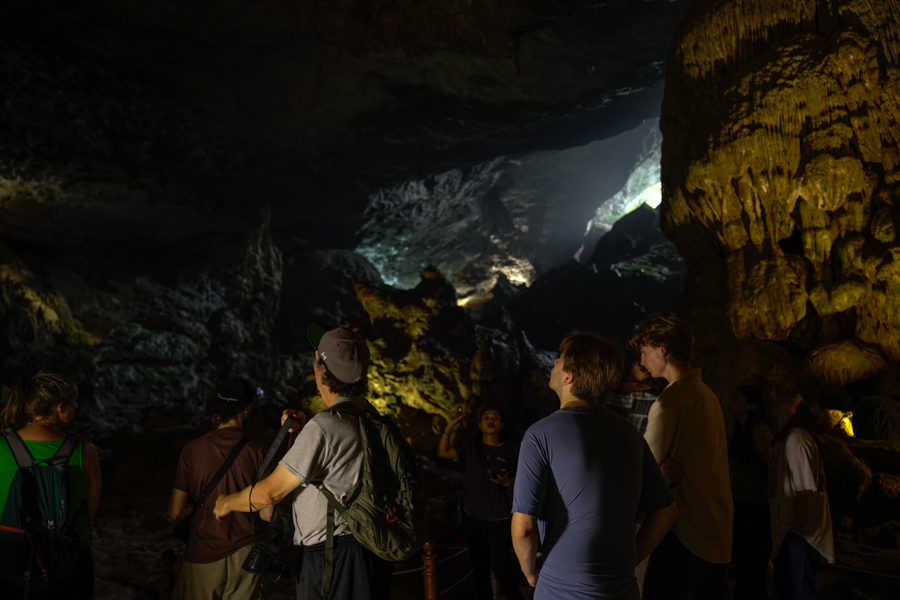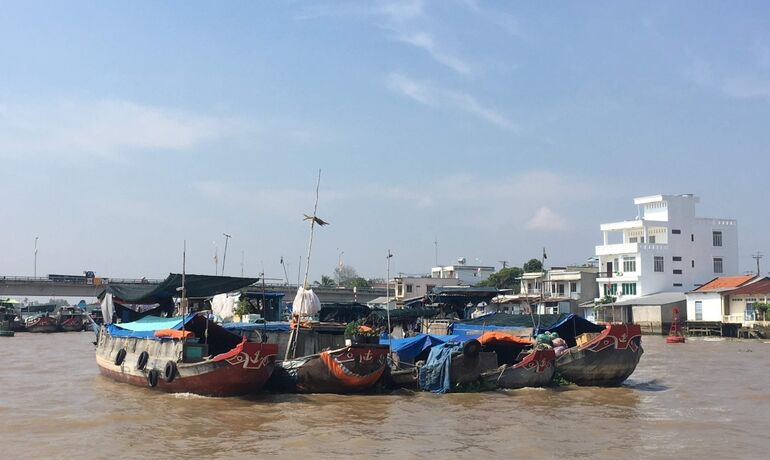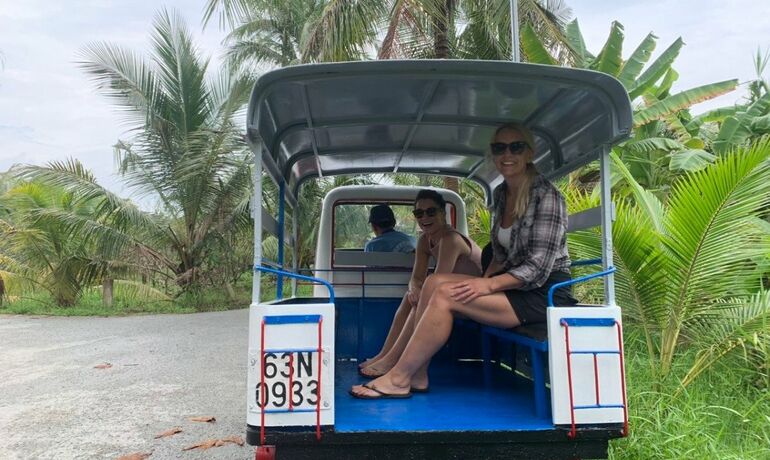To many travelers, the image of Ha Long Bay not only represent a UNESCO World Heritage Site, but also epitomizes the essence of Vietnam. Cruises navigate the emerald waters, weaving among countless islands and islets, and present an unparalleled opportunity for students to delve into geography through its breathtaking caves and distinctive karst landscape.
The enchanting allure of Ha Long Bay has secured its place as a must-see destination, yet there are still tranquil, hidden spots to explore. This region is ideal for those seeking enriching educational tours that combine adventure with learning.

Understanding Karst Topography:
Renowned for its karst topography, Ha Long Bay's landscape has evolved over millions of years. This geological formation is characterized by limestone pillars, arches, and caves created by the dissolution of soluble rocks.
Key Caves to Explore:

Sung Sot Cave - (Surprise Cave):
- Geographical Features: Sung Sot Cave is one of the largest and most famous caves in Ha Long Bay, featuring two main chambers adorned with impressive stalactites and stalagmites.
- Educational Focus: Explore the formation of limestone caves, the growth of speleothems, and the cave's historical significance.
Dau Go Cave - (Wooden Stakes Cave):
- Geographical Features: Known for its ancient stalactites, Dau Go Cave is a vast cavern with three main areas, each showcasing unique geological formations.
- Educational Focus: Examine the impact of sea level changes on cave development and the historical context of the cave's use during the Mongol invasions.

Thien Cung Cave - (Heavenly Palace Cave):
- Geographical Features: Celebrated for its intricate rock formations and vibrant lighting, Thien Cung Cave offers a mystical atmosphere.
- Educational Focus: Study the cave's geology and discuss the human impact on natural sites through tourism and preservation efforts.
Engaging Activities at the Site:
- Rock Sample Collection: Enable students to collect and analyze rock samples to understand the mineralogy of limestone formations.
- Topographic Mapping: Teach students how to create topographic maps of the cave interiors, highlighting significant geological features.
- Photography Projects: Encourage students to document the caves through photography, focusing on geological formations and conservation challenges.
- Conservation Talks: Organize sessions with environmental experts to discuss the importance of preserving Ha Long Bay's natural beauty and biodiversity.
- Clean-Up Initiatives: Engage students in beach and cave clean-up activities to emphasize the importance of maintaining a pristine environment.
Best time to visit Ha Long Bay:
Ha Long Bay experiences a cool climate with clear skies from September to November, perfect for sightseeing. From December to March, a mist rolls in, adding a mystical quality to the bay. April and May bring sunny days and a pleasant breeze, while the monsoon season from June to August can make trips more unpredictable.
Ready to set the day for your travel?
Ha Long Bay's caves offer geography students a rich, hands-on learning environment. By exploring these natural wonders, students gain a deeper understanding of geological processes and the importance of preserving our planet's unique landscapes, providing them with an unforgettable educational experience.
Ready to embark on an educational adventure in Ha Long Bay? Contact our expert tour operators today to plan a geography-focused trip that your students will remember for a lifetime.






